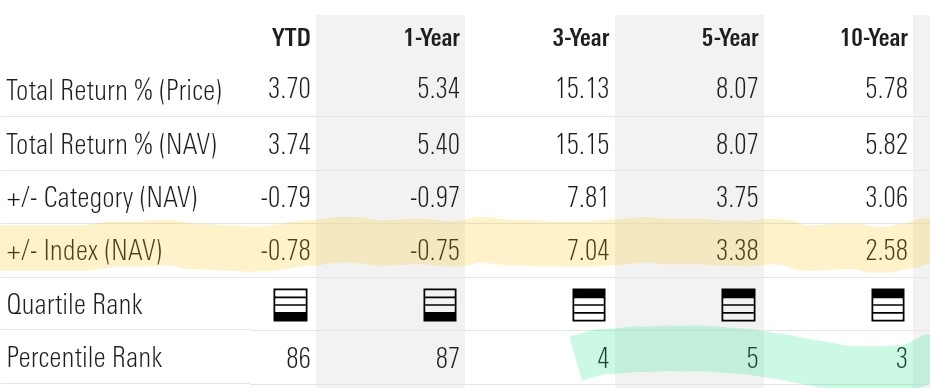How compounded benefit of early tax deferral for high earners could be magically as much as *at retirement* bonus equivalent to *three times* of early contribution
Compounding benefits of tax deferred contribution to plain old 401(k) or traditional IRA for higher bracket young earners is phenomenal. Think of deferred tax dollar as equivalent to a interest free money we are allowed to keep and invest . The magic of compounding on this interest free money could be as much as 3 times matching bonus at retirement time for every dollar contributed in 401(k) during typical 44 yrs of working career of a young earner. Wondering as how is it possible? Let me illustrate it through an example. Say, 20-something new earner is in higher tax bracket (any earning above 50K is 22% bracket for single filer) earning 60K+. If this young earner defers taxes on the 10K higher bracket income by diverting that amount to 401(k), those deferred taxes would translate into 2200 tax dollars (let us call it "x") interest free loan from Uncle Sam. With 80/20 stock/bond allocation of funds, one could expect to have 6.5% long term annual return. The "x...

